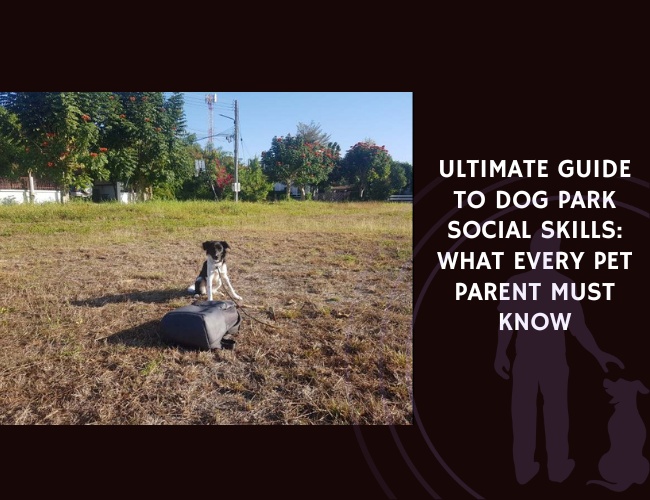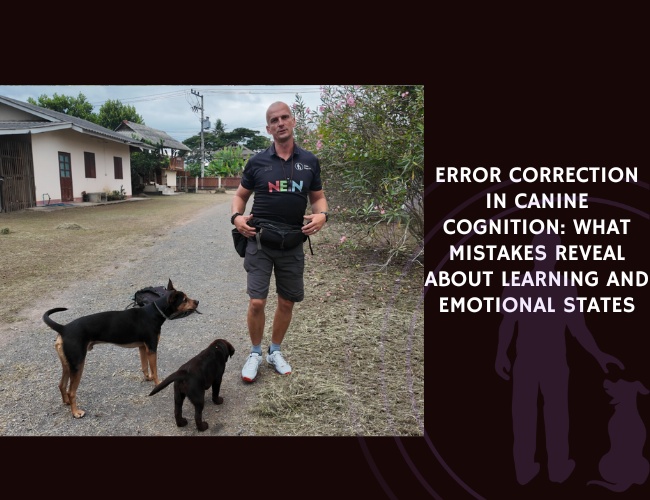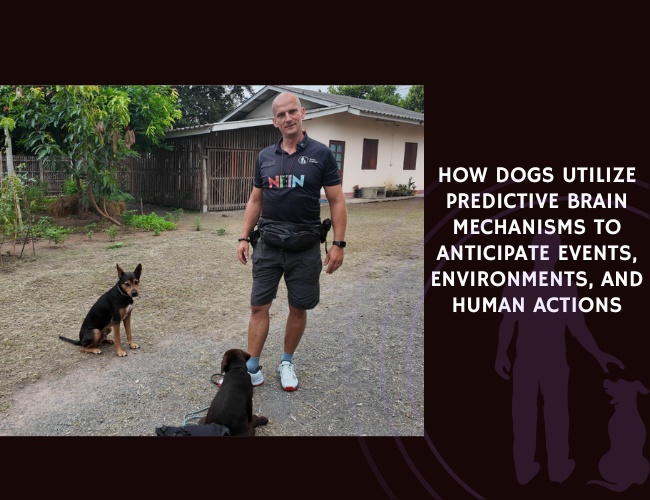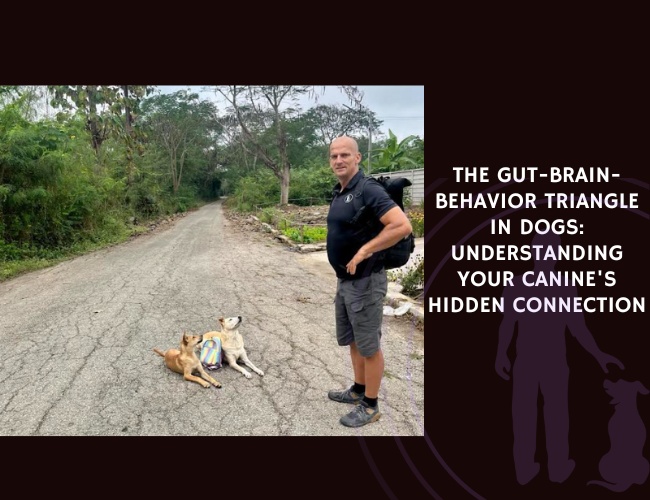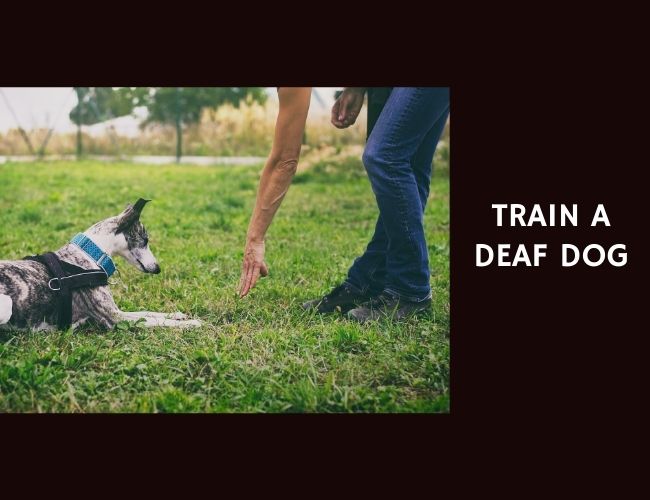Introduction to Dog Parks: Benefits and Considerations
The value of socialization and exercise
Dog parks are bustling hubs filled with wagging tails, new scents, and endless opportunities for both play and learning. Visiting a dog park allows your dog to practice essential social skills, like greeting others, interpreting body language, and playing fairly. These experiences support healthy canine communication and encourage your dog to adapt to new environments. Beyond socialization, dog parks offer ample room for running, chasing, and exploring—activities that keep your dog’s mind sharp and their body fit. Regular visits can provide enrichment, reduce stress, and even help prevent unwanted behaviors at home by channeling energy into positive outlets.
Importance of etiquette and behavior awareness
A successful dog park visit is not just about letting your pup run free—it also means understanding and practicing good etiquette. Owners are expected to supervise their dogs actively, ensure their pets are up-to-date on vaccinations, and respect park rules like leash policies and designated play zones. Observing canine body language allows you to step in before play turns rough or before another dog becomes overwhelmed. Simple habits such as keeping a close eye on your dog, avoiding toys or food that might cause conflict, and cleaning up after your pet are all part of being a responsible community member.
What your first visit might look like
First trips can feel a bit overwhelming—for both dogs and humans! As you enter, take note of the park’s setup and look for posted guidelines. Monitor your dog closely as they greet others and explore. Expect a few excited sniffs, a playful dash, or maybe a cautious pause before jumping in. Remember, not all dogs play the same way, and that’s okay. Active supervision and patience create a positive start, helping your dog build confidence.
Now that you’ve seen what a day at the dog park can offer, let’s explore how to recognize normal dog play versus signs of trouble during these lively encounters.
Understanding Normal Dog Play vs. Problematic Behavior
Recognizing Healthy Play
Watching your dog play at the park can be delightful. Healthy canine play often includes play bows (where the dog stretches its front legs forward and lowers its chest), friendly mounting, chasing, gentle wrestling, and a lot of sniffing. These activities tell you your dog is feeling social and comfortable in the environment. Playful dogs usually swap roles—sometimes chasing, sometimes being chased—showing that both are having fun. There might be some playful nipping, but it’s soft and not intended to hurt.
Signs of Overstimulation
Sometimes, play gets a little too wild. Dogs may become overstimulated, which shows up as excessive barking, repeated mounting that others try to avoid, or nonstop chasing even if the other dog wants to stop it. You might notice a dog ignoring clear signals from another dog to back off, like turning away or tucking its tail. When this happens, it’s time to step in. Overstimulation can lead to stress or even fights if unchecked.
Bullying Behavior and When to Act
Bullying is quite different from play. It looks like one dog consistently targeting or overwhelming another, pinning or chasing in a way that’s not give-and-take. Bullying involves ignoring the other dog’s attempts to disengage, and you might see stiff body language or raised hackles. If you notice your dog or another dog acting this way, pause the interaction right away. Safe socialization means making sure everyone is respected and has a good time.
Learning these differences will help you keep play safe and positive for all dogs at the park. As we move forward, understanding canine cues will further support a rewarding park experience for both you and your furry friend.
Reading Canine Body Language: The Key to Safe Interactions
Decoding Dog Greetings
Dog greetings are more than just a quick sniff. When dogs approach each other at the park, their first moments often set the tone for the entire interaction. A friendly greeting usually looks loose and wiggly—tails wagging in wide arcs, soft eyes, and relaxed bodies. You might spot a classic play bow: front paws down, rear in the air, inviting play. Sometimes, dogs approach in a gentle curve rather than head-on. This curving can signal friendly intent and reduce tension.
On the other hand, some greetings can be tense. If a dog approaches stiffly, with a straight body, tail held high or tightly tucked, and ears pinned back, this is a sign you should pay close attention. These behaviors can indicate uncertainty or even a warning to give space.
Comfort vs. Stress: Understanding the Signals
Reading your dog’s comfort level comes down to observing their body language. Look for these indicators of comfort:
- Relaxed posture
- Mouth open slightly, tongue visible
- Ears in a natural, forward or sideways position
- Tail held neutrally and wagging gently
Signs of stress or discomfort include:
- Stiff, closed posture
- Lip licking, yawning, or frequent shaking off, as if wet
- Ears pinned back or flattening to the head
- Tail tucked or rigid
- “Whale eye”—showing the whites of the eyes
- Excessive panting when it’s not hot
Immediate Warning Signals
Some signals need your immediate attention to keep everyone safe. Watch for:
- Prolonged staring or hard eye contact
- Raised hackles (hair standing up on the back and neck)
- Snarling or showing teeth
- Persistent attempts to mount, even when the other dog moves away
- Ignoring disengagement cues from other dogs
Spotting these signs early allows you to intervene and keep the park fun and safe for everyone. By being a keen observer, you support positive play and help prevent conflicts.
Knowing these signals helps you respond to your dog’s needs and makes you a responsible park visitor.

Essential Social Skills Your Dog Needs Before Visiting
Importance of Reliable Recall and Basic Commands
Having your dog master reliable recall and basic obedience commands is essential before heading to an off-leash park. Dogs should come when called, even when distractions are present. Practice commands like “come,” “sit,” “stay,” and “leave it” until your dog responds consistently. These skills keep your furry friend safe and allow you to intervene if play gets out of hand. If a situation escalates, being able to call your dog back quickly can prevent conflict with other dogs or people.
Building Non-Reactivity for a Calmer Experience
Non-reactivity is another must-have social skill for a successful park visit. A non-reactive dog remains calm around other pups, people, and various unfamiliar sights or sounds. Signs of reactivity include barking, lunging, or growling. Gradual exposure to other dogs in controlled settings, paired with praise for calm behavior, helps build your dog’s comfort level. This approach supports your dog in making positive choices when faced with new challenges at the park. Remember, staying relaxed sets a great example for your pup, too!
Resource Sharing and Tolerance
One common cause of conflict at dog parks is resource guarding. Dogs may become possessive over toys, water bowls, treats, or even their favorite human. Before visiting, practice resource sharing at home. Teach your dog that sharing toys or water with others is a normal part of play. Always keep an eye out—if your dog shows signs of stress around shared items, it’s best to remove them and redirect attention.
Preparing your dog with these essential social skills will set everyone up for a positive, safe outing. By focusing on recall, obedience, non-reactivity, and resource sharing, you help create a welcoming park environment for all canine companions.
Common Causes of Conflict at Dog Parks
Resource guarding and how to address it
Resource guarding is one of the leading causes of dog disputes at the park. Dogs may become protective over toys, water bowls, treats, or even their favorite shady spots. You might notice warning signs like stiff posture or growling when another dog approaches “their” item. If your dog displays these behaviors, it’s important to step in early. Remove the resource if possible, redirect your dog with a recall command, and offer praise for relaxed behavior. Creating positive associations with sharing and avoiding bringing high-value toys can limit conflicts over resources. Remember, your dog is learning that the park is for fun, not competition.
Misinterpretation of play signals
Not every play bow or chase is welcomed by every dog. Sometimes, rough play is misread as aggression, leading to escalation. Small or shy dogs may be overwhelmed by boisterous play. Watch for signs like a tucked tail, flattened ears, or a dog trying to get away—these are signals someone is uncomfortable. Calmly call your dog back and give them a break if play looks one-sided or intense. By knowing what play styles best match your dog’s comfort level, you help keep interactions safe for everyone.
Impact of insufficient supervision and hormonal influences
Conflicts often occur when owners become distracted. It’s easy to lose focus scrolling on your phone, but constant supervision is essential. Stepping in before tension rises can prevent larger problems. Hormones also play a role: intact males may show more dominance, and females in heat can attract unwanted attention. If your dog is not spayed or neutered, consider how this affects their interactions and the responses of others.
By staying alert to these triggers, you help create a positive and respectful environment for everyone at the park.
Environmental Factors That Affect Dog Behavior
Park design and crowding
The layout of a dog park matters more than you might think. A spacious park with defined, open play zones and separate areas for small and large dogs reduces the risk of stress and conflict. Overcrowded parks can trigger anxiety in dogs, leading to more frequent squabbles as personal space becomes limited. Areas with tight corners or poor visibility make it hard for dogs to avoid others, raising tension even more. When parks are packed, dogs are also less able to withdraw from unwanted attention, which can quickly lead to over-arousal and disagreements among playmates. If your dog seems overwhelmed or is consistently sandwiched between other dogs, it may be best to try again when the park is quieter.
Weather and its effects on temperament
Weather conditions play a big role in how your dog feels at the park. High temperatures or a lack of shady spots can leave dogs uncomfortable, irritable, or overheated, increasing the chance of fussiness or short tempers. In contrast, cooler weather can put some dogs in a friskier mood, which sometimes leads to more rambunctious play. Rainy or muddy weather may reduce park traffic overall, but for those who do visit, slippery surfaces could lead to unintentional roughness or slips.
Managing entry and exit points
Entrances and exits are hot spots for canine tension. Crowding near gates often puts dogs in close contact before they’ve had a chance to settle in. Encounters at these pinch points can feel overwhelming or territorial, especially if several dogs rush to greet newcomers. To keep things calm, always enter with your dog leashed and wait for clear space before coming in. Exits should be similarly managed—calling your dog to you and leaving calmly can reduce the risk of a last-second disagreement.
Understanding these factors can help you set your dog up for a positive experience, turning park visits into something both you and your dog can look forward to!
Play. Observe. Protect.
Dog Parks Are More Than Just Fun
They’re classrooms for canine behavior. In the park, your dog learns communication, boundaries, and how to handle social pressure. But freedom without structure can backfire. Success starts with you watching—not scrolling.
Know the Signals. Step in Early.
Play bows? Good. Whale eyes, stiff postures, or nonstop chasing? Time to intervene. Knowing the difference between healthy play and rising tension prevents conflict. Most fights don’t “just happen”—they build quietly first.
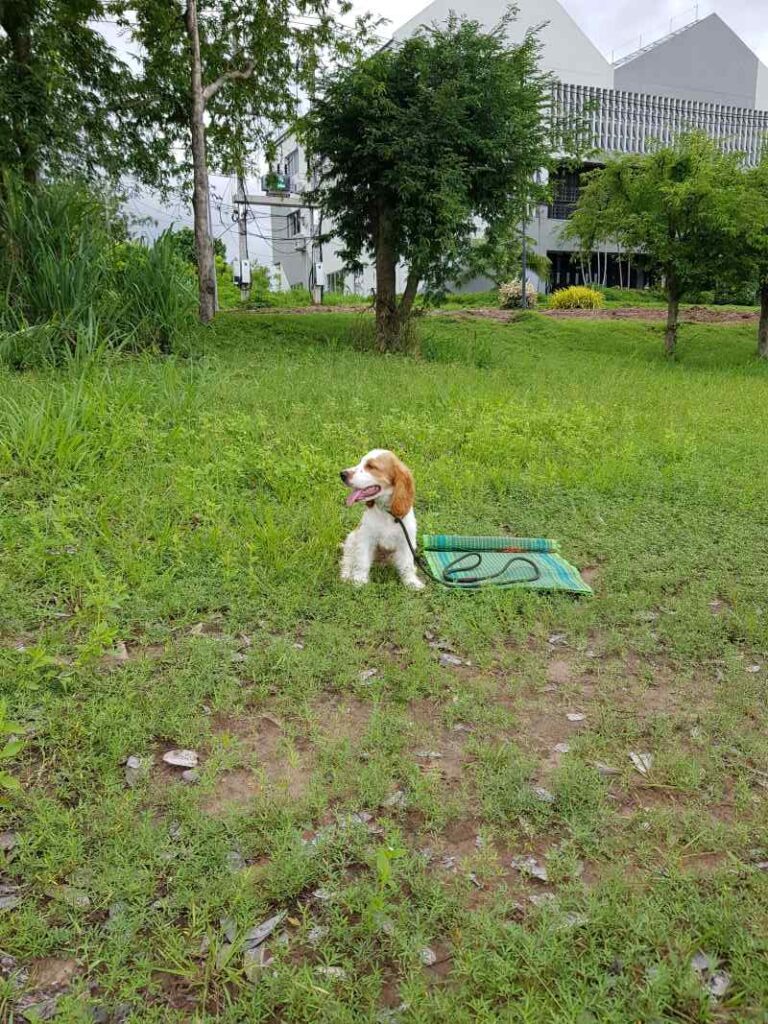

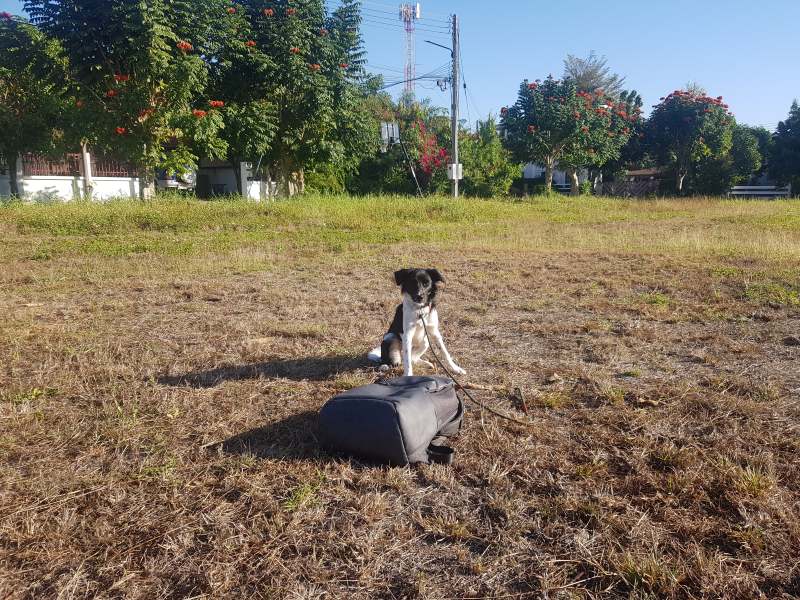
Your Dog. Your Responsibility.
Reliable recall, leash awareness, and emotional co-regulation are non-negotiable. Whether it’s reading stress signals, stopping resource guarding, or knowing when to leave—your presence shapes the park into a safe, respectful space for all.
Owner Responsibilities: Your Role in a Successful Visit
Active Supervision and Timely Interventions
When visiting a dog park, hands-on supervision is your most important job. Instead of chatting on your phone or getting caught up in conversation, keep your eyes on your dog at all times. Watch how they play and interact with others—stepping in quickly if play gets rough or dogs look uncomfortable. Consistent monitoring helps prevent conflicts from escalating, especially when dogs show signs of stress or overstimulation. 🐾
If you notice intense barking, mounting, or repeated chasing that makes other dogs uneasy, step in and call your dog to you. A short break can help calm everyone down. Prompt intervention is necessary if you spot tense body language or if your dog ignores another’s signals to disengage. Trust your instincts—if something looks off, it likely is.
Avoiding Distractions to Prevent Conflict
Bringing food, treats, or special toys into the park can seem tempting, but these items can create unnecessary tension and resource guarding. It’s best to leave favorites at home and save snacks for after your visit. Likewise, giving your attention to other distractions—such as texting or wrangling children—can prevent you from noticing early warning signs of conflict. By staying present, you help create a safer, happier environment for dogs and people alike.
Recognizing Your Dog’s Stress Signals and Knowing When to Leave
Sometimes, even the friendliest dog can get overwhelmed. Signs like tucked tails, panting, avoidance, or sudden withdrawal mean it’s time to give your pup a break. Leaving the park before stress escalates helps prevent fights or negative experiences. Our goal is to support you in making each outing fun and safe—watch for your dog’s signals and end on a positive note.
Continuous active supervision and responsiveness help ensure every visit is smooth for you and your canine companion.
Special Considerations for Different Dogs
Managing size and age differences
Every dog is unique, and this is especially true at the park! Size matters when it comes to safe play. Big and small dogs often have different energy levels and play styles. A large, boisterous dog can accidentally hurt a much smaller friend, even during friendly wrestling or chase games. Many parks offer separate areas to keep small and large dogs safely apart—take advantage of these if available. Puppies and senior dogs have extra needs, too. Young pups may not read signals well, while seniors may tire quickly and need a gentler pace. Always watch for signs your dog is overwhelmed, like seeking your side or freezing during play.
Understanding breed-specific play and energy levels
Breed plays a big role in how dogs interact. Herding breeds, for example, might nip at heels, while retrievers may invite endless games of fetch. Some breeds are vocal, using playful barks, while others can be more rough or independent. Approach every dog as an individual, but stay aware: energetic dogs can overwhelm calmer ones, and some breeds are physically prone to more robust play. If your dog prefers quieter socializing, avoid peak hours and busy groups. Our goal is for every pup to have fun—matching friends by energy and style helps!
Accommodating special needs, puppies, and seniors
Dogs with medical conditions, limited mobility, or anxiety also deserve positive park experiences. Let others know if your dog needs space or closer supervision—it’s absolutely okay to advocate for your companion. For puppies, keep visits short and positive, while older dogs might prefer calm corners. If your dog needs special care, bring essentials like water and treats, and plan for extra breaks.
With thoughtful planning and active supervision, every dog—big or small, young or old—can enjoy safe and happy adventures with friends.
Transitioning to the next aspect, your role in ensuring safety and well-being will become even more important.

Health and Safety Precautions
Keeping your dog healthy and protected
A safe dog park experience starts with your dog’s health. Before your visit, make sure your dog’s vaccinations are current. Regular shots help protect against diseases like rabies, distemper, and parvovirus. Many parks also ask for proof of yearly vaccinations, so keeping your records up to date is essential. Parasite prevention is important, too. Use vet-recommended flea, tick, and heartworm preventatives. These simple steps help shield your pup and other park visitors from unwanted pests.
Understanding the risks of disease transmission
Dog parks can sometimes act as hotspots for the spread of infectious diseases. Shared water bowls, communal toys, and close canine contact all raise the risk of passing viruses or parasites. To minimize risks, always provide your dog with fresh water in a clean bowl from home and avoid letting your dog share personal items with unfamiliar dogs. Watch for any signs of illness, such as coughing or diarrhea, in your dog or others and avoid the park if your dog feels unwell. This keeps everyone’s pets safer and happier.
Preparing for and managing minor injuries
Even in well-supervised play, minor injuries like scrapes or small bites can happen. Always have a basic pet first aid kit handy in your car or bag. Clean minor wounds gently and seek prompt veterinary care for anything more serious. Quick action and close attention can keep small problems from turning into big concerns.
Maintaining good health, managing risks, and handling small mishaps help ensure the dog park remains a safe place for everyone to explore and enjoy together.
Dog Park Etiquette: Rules Every Owner Should Follow
Understanding the Basics of Park Rules
When you visit a dog park, following local rules keeps everyone safe and happy. Make sure you check for posted regulations, as these may include leash laws and registration policies. Many parks require your dog to be off-leash only within designated areas. Always keep a leash handy for entry and exit. Some parks may also ask for proof of vaccinations and current registration. It is your responsibility to verify these details before arriving. Clear signage usually lists these guidelines—take a moment to read them for a smoother visit.
Cleanup and Maintenance Responsibilities
Part of responsible dog ownership is cleaning up after your pet—every time. Always bring several waste bags and dispose of used bags only in the park’s bins. If you see extra mess, consider picking it up; this act of kindness helps keep the park enjoyable and safe for everyone. Maintaining the park means watching that your dog does not dig holes, damage fencing, or disturb landscaping. Each small action makes a big impact on the park’s quality for the entire community.
Respectful Interaction With Others
Remember, the dog park is a shared space. Show respect to all visitors by supervising your dog and intervening at the first sign of conflict. Avoid bringing valuable items or treats that can start competition between dogs. If a disagreement occurs, remain calm—address issues with the other owner kindly and directly. Never discipline someone else’s dog. If you notice unsafe behavior, discreetly alert park staff if available.
Finally, positive interactions foster a supportive dog park community. By practicing good etiquette, you help build the kind of environment where both people and pets can thrive.
When Dog Parks Aren’t the Right Choice
Signs Your Dog May Not Be Suited for Dog Park Environments
Dog parks can be fun for many pups, but they are not the right fit for every dog. Some dogs find group play stressful or overwhelming. If your dog shows signs of fear, persistent anxiety, or reactivity, the park may not support their well-being. Look for these warning signals:
- Persistent hiding behind you or by the gate.
- Constant barking, growling, or lunging at others.
- Ignoring or rejecting friendly approaches.
- Unable to calm down after a few minutes.
- Overwhelmed by busy or noisy environments.
It’s important to listen to your dog—unaddressed discomfort can lead to behavioral regression, increased fear, or even aggression. Always keep your dog’s best interests in mind.
Alternative Socialization Options
If the park feels too much for your canine companion, there are many ways to help them build social skills. Try the following instead:
- Arrange playdates with one or two friendly dogs your pet knows.
- Take structured group walks or attend small training classes.
- Visit quieter spaces, like dog-friendly trails, during off-peak hours.
- Engage in scent work, agility, or nose games for mental stimulation.
These activities encourage confidence and allow your dog to learn at their own pace. Small, positive experiences are better than stressful group play.
When to Consult with a Professional
Some dogs need extra help to be comfortable around others. If your dog shows ongoing signs of fear or aggression—even outside the park—it’s wise to get expert advice. Certified trainers or veterinary behaviorists can tailor strategies that work for your dog’s needs. Our goal is to support you in building your dog’s confidence and helping them thrive, whatever path you choose.
Understanding your dog’s individual needs will make every experience positive and safe—for both you and your canine companion. 😊
Conclusion: Creating Positive Experiences for All
Building a Foundation for Fun and Safety
A successful dog park visit is rooted in knowledge and preparation. When you understand your dog’s needs and respect the diverse dynamics at play, you’re setting everyone up for a great time. Remember, it isn’t just about letting your dog run loose—it’s about active participation and positive guidance. Always keep in mind the importance of being able to read canine body language and intervene before small issues grow into big problems.
Continuous Learning: Stay Curious About Your Dog
Your dog’s social needs evolve as they age and encounter new experiences. Stay curious about your dog’s comfort zones. As you become more familiar with the park and the dogs who visit, you’ll be better at predicting when things are going well—or when it’s time to call it a day. If something feels off, trust your instincts and take steps to protect your pet and others. Check back regularly for updates on guidelines or new safety practices; learning never stops when it comes to dog socialization.
Creating a Responsible Community
Dog parks thrive when everyone is a thoughtful participant. By supervising closely, practicing good etiquette, and encouraging others to do the same, you help create a friendly environment for all visitors.
You can make a real impact just by cleaning up after your dog, following local rules, and greeting fellow owners with kindness. Sharing experiences and tips with others builds a support system that benefits new and experienced pet parents alike.
When everyone plays their part, dog parks become safe, joyful spaces where both dogs and humans can bond, exercise, and learn together. 🐾

